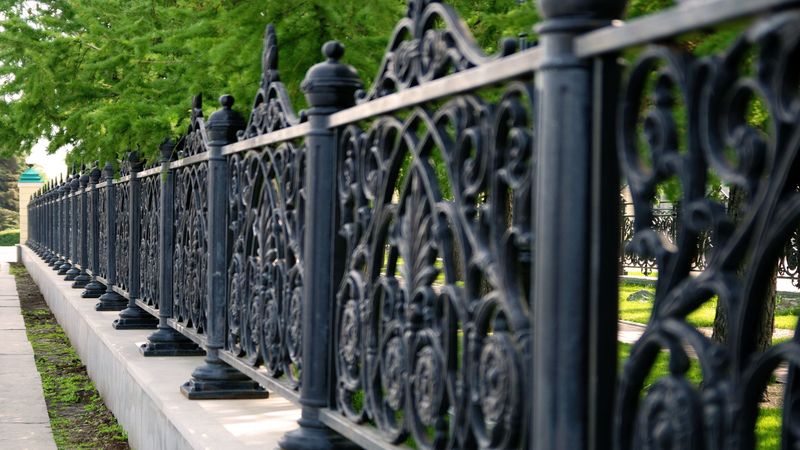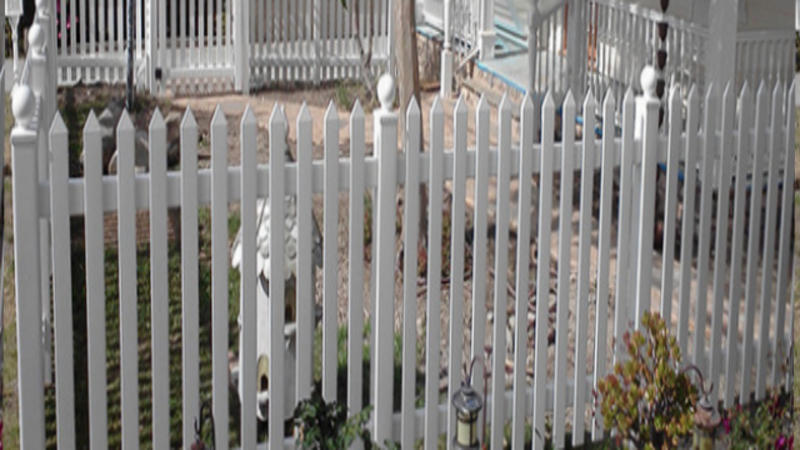With many prefabricated fencing choices available today, many homeowners try to install fencing on their own. However, residential fencing installation can be more complex than it seems, and any error can lead to a poor result. Most fencing mistakes cost money and time, but they can be avoided by hiring a fence builder in the St. Paul area. Below is a list of the most common fencing installation errors.
Failing to Correctly Seat Fence Posts
A big mistake made by DIY fence installers is not seating the fence posts deeply enough. Posts need to be sufficiently deep to support the fence for many years. Holes should be at least two-feet deep and prepped with concrete and gravel. Proper seating is especially important in soft and sandy soils. If posts aren’t sturdy enough, the fence may eventually sag or collapse.
Not Choosing Pressure-Treated Wood
Fences are only as strong as their posts, and pressure-treated wood can ensure the fence’s longevity and durability. Posts should be at least four inches in diameter for optimal stability.
Failure to Account for Changes in Terrain
Building fences on flat land is completely different than building them on a sloped or uneven terrain. If the property is sloped or uneven, the fence design may need changes. For the best and most attractive results, a fence builder will carefully plan the project around variations in land elevation.
Not Checking Property Lines and Permits
Certain steps must be taken before the fencing project begins, or the fence may need to be removed. Some municipalities and HOA neighborhoods have fencing height restrictions and permits are required for masonry fencing in some areas. A fencing contractor will build a fence that meets local codes, and they will double-check property lines to avoid intrusion on someone else’s property.
Some jobs can be done by a handy DIY-er, but others should be left to the pros. If a homeowner wants a fence that’s attractive and fully functional, they should call a fencing contractor. A professional fence builder in St. Paul can ensure the durability and longevity of the finished result, and they can do a job to be proud of.


